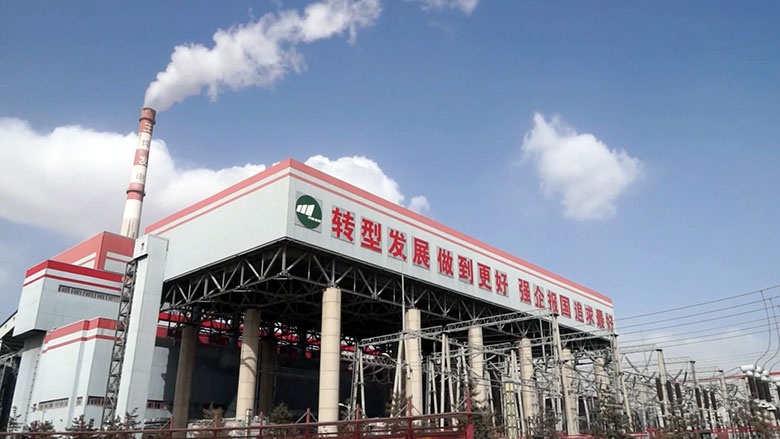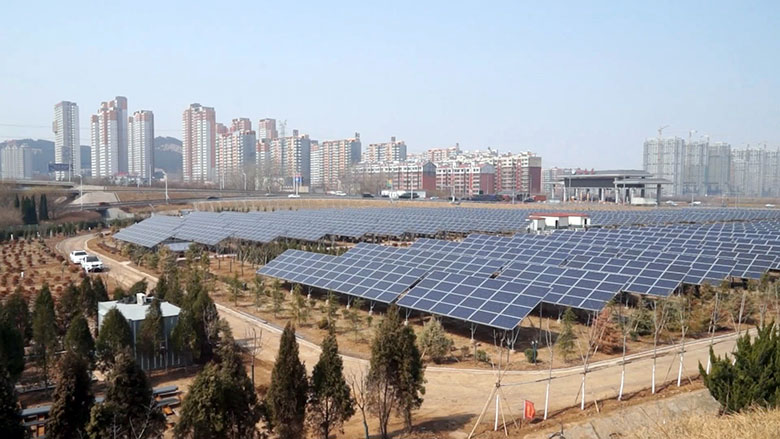Over the last 40 years, China has experienced the fastest economic growth anywhere but also paid a heavy environmental price. China has many of the world’s most polluted cities and is the world’s largest emitter of greenhouse gases.
The Beijing-Tianjin-Hebei region, known as Jing-Jin-Ji, has the country’s, with an annual average fine particulate matter (PM2.5) concentration of 93 micrograms per cubic meter (μg/m3) in 2014, far exceeding the national PM2.5 standard of 35 μg/m3 and the World Health Organization (WHO) PM2.5 standard of 10 μg/m3.
Particularly during winter, the region is often engulfed in heavy smog lingering for days and posing a serious health threat.
Concerned with the adverse health and environmental consequences from severe air pollution, the government of China has declared “war on air pollution,” implementing a series of mitigation actions. In 2013, the State Council issued the Air Pollution Prevention and Control Action Plan.
To support the implementation of the Action Plan, the World Bank approved a US$500 million loan to China for the Innovative Financing for Air Pollution Control in Jing-Jin-Ji Program in March 2016. It was for the first time in both China and the energy sector that an operation has adopted the Program for Results (PforR) instrument – a new lending tool that aims to better link loan disbursements to tangible results on the ground.
The program supports the Hua Xia Bank, a government-designated commercial bank, to provide financing for enterprises to reduce air pollutants and carbon emissions by increasing energy efficiency, investing in clean energy, and tightening air pollution control, with a focus on Jing-Jin-Ji and the surrounding provinces of Shandong, Shanxi, Inner Mongolia and Henan, to support the government’s Air Pollution Control Action Plan.
Reducing coal consumption
Coal is the single-largest source of air pollutants and greenhouse emissions in China. The country heavily relies on coal to meet its energy demand at 66% of the energy mix. China consumed approximately 4 billion tons of coal in 2014— more than the rest of the world combined. Half of China’s coal is used for decentralized boilers in the industrial and residential sectors.
In the Jing-Jin-Ji region, coal consumption reached almost 1.8 billion tons in 2014, accounting for 40% of total coal consumption in China and equivalent to the coal consumption of nearly all OECD countries combined. Reducing coal consumption through improved energy efficiency is key to clearing the air.
In China’s biggest coal producer Datong, with financing from the program, Wangping Power Company has installed two heat recovery units and a 21-kilometer heat pipeline to Huairen County. The waste heat from electrical production that was previously released into the air is captured and reused to heat homes. This has led to the elimination of 10 small polluting coal boilers that used to supply residential heating, reducing emissions of CO2 by 420,000 tons, nitrogen oxide [LP1] by over 6,330 tons and sulphur dioxide SO2 by over 13,100 tons annually.

“Improved energy efficiency has reduced coal consumption. This is a win-win situation,” said Yuan Zhenyu, a deputy director of equipment at Wangping Power Company.
“Winter here used to be so foggy, particularly at night. The improvement of air quality is obvious,” he said.
Financing ultra-low-emission upgrades
In Yishui County of Shandong province, Qingyuan Food Company makes noodles, biscuits, corn starch and other food products, while its power and heat plant also provides winter heating to local residents and steam to smaller enterprises in addition to meeting its own needs.
Financed through the program, the company has increased its co-generation capacity and efficiency to provide heating to 300,000 people and 160 small enterprises in the northern part of the county, eliminating 35 small inefficient and polluting coal-fired boilers. Co-generation means production of power and heat at the same time.
The company has also undertaken a desulfurization and denitrification upgrade for their four coal-fired boilers, adopting the most advanced dust removal technology with efficiency up to 95 percent.
An online monitoring system is connected directly to the provincial and municipal environmental departments, enabling them to monitor and check emission data via computer or mobile phone anytime anywhere.
“Our new desulfurization tower uses the most advanced wet ESP (electrostatic precipitator) technology with 95% removal efficiency,” said Zhu Zhenhua, General Manager of Qingyuan’s Heat and Power Plant with pride. “We have met the highest ultra-low-emission standards in Shandong Province. ”

